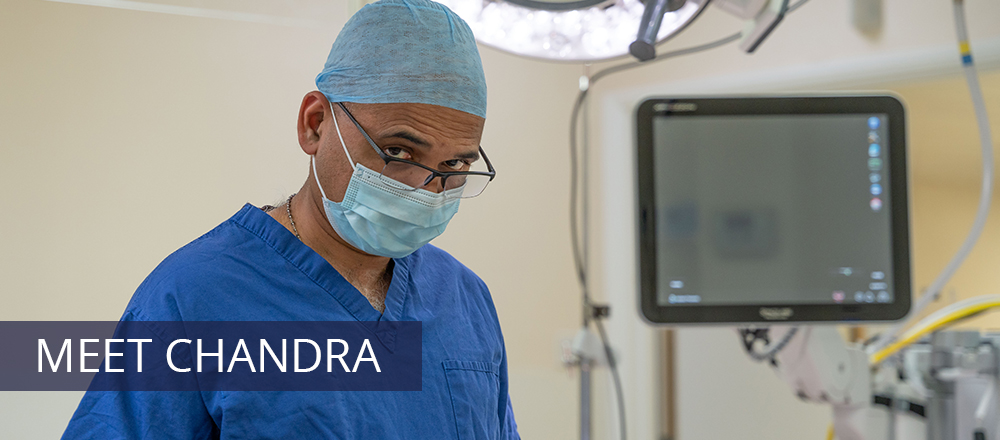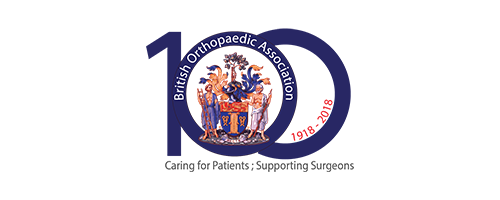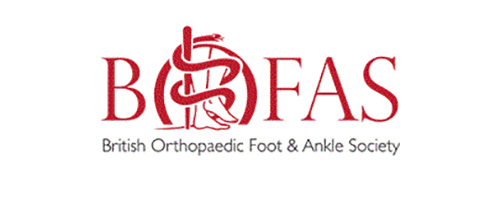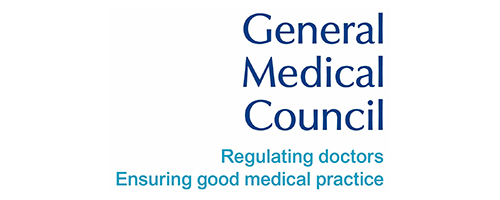Plantar Fascitis
The function of the heel in walking is to absorb the shock of your foot striking the ground as it is put down and to start springing you forward on the next step. It contains a strong bone (the calcaneum). Under the bone are a large number of small pockets of fat in strong elastic linings, which absorb much of the shock (fat pads). The heel is attached to the front of the foot by a number of strong ligaments which run between the front part of the calcaneum and various other parts of the foot. The strongest ligament is the plantar fascia, which attaches the heel to the toes and helps to balance the various parts of the foot as you walk. It therefore takes a lot of stress as you walk.
In some people the plantar fascia becomes painful and inflamed. This usually happens where it is attached to the heel bone, although sometimes it happens in the mid-part of the foot. This condition is called plantar fascitis.
What are the causes?
Causes of plantar fascitis include:
- Usually it is due simply to constant stress, and is therefore commoner in people who spend all day on their feet or are overweight.
- Stiffness of the ankle or tightness of the Achilles tendon increase the stresses on the heel. Most people with plantar fascitis have a rather tight Achilles tendon.
- People who have high-arched (“cavus”) feet or flat feet are less able to absorb the stress of walking and are at risk of plantar fascitis
sometimes it starts after an injury to the heel. - People who have a rheumatic condition such as rheumatoid arthritis or ankylosing spondylitis may get inflammation anywhere a ligament is attached to bone (enthesopathy), and plantar fascitis in these people is part of their general condition.
Usually plantar fascitis eventually gets better itself, but this can take months or even years. If you have it once you are more likely to get it again.
What can be done about heel pain?
You can try to avoid the things that cause heel pain to start:
- avoid getting overweight
- where your job allows, minimise the shock to your feet from constant pounding on hard surfaces
- reduce the shocks on your heel by choosing footwear with some padding or shock-absorbing material in the heel
- if you have high-arched feet or flat feet a moulded insole in your shoe may reduce the stresses on your feet
- if you have an injury to your ankle or foot, make sure you exercise afterwards to get back as much movement as possible to reduce the stresses on your foot and your heel in particular
If you start to get heel pain, doing the above things may enable the natural healing process to get underway and the pain to improve.
As heel pain is basically a stress problem in the tissues of the heel, the main treatment is to reduce stress. Your doctor will advise you about weight loss and appropriate footwear. A soft heel pad is useful to wear in your shoe to act as a shock-absorber when you walk.
If you have a stiff ankle or tight Achilles tendon a physiotherapist can advise on exercises for these. Stretching the Achilles tendon and plantar fascia is very effective general treatment for many patients.
If you have a high-arched or flat foot, a podiatrist may advise an insole to reduce stress.
Simple pain-killers such as paracetamol or anti-inflammatory medicines can help reduce the pain. Ask advice from your doctor or pharmacist before taking anti-inflammatory medicines as they can have troublesome side-effects in some people.
The simple measures above will help the majority of people with heel pain. If the pain continues, a splint to wear on your ankle at night to prevent your Achilles tendon tightening up while you are asleep is often very effective in improving the severe pain that many people get first thing in the morning and breaking the cycle of pain. Your GP or an orthopaedic foot and ankle surgeon or rheumatologist may inject some steroid into the attachment of the plantar fascia to damp down the inflammation. These measures will reduce the pain in most people who are not helped by simple treatment.
If you still have pain after one or two injections, your doctor may want to investigate your problem a bit further. If no other medical problem or cause of stress in your heel is found, a number of other treatments can be tried:
- further physiotherapy
- wearing a plaster cast to rest the inflamed tissues
- pain control treatments such as transcutaneous nerve stimulation (TENS) or acupuncture
Only if all non-surgical treatments fail would an operation be considered.
Do I need an operation?
It is rare to need an operation for heel pain. It would only be offered if all simpler treatments have failed and, in particular, you are a reasonable weight for your height and the stresses on your heel cannot be improved by modifying your activities or footwear.
The aim of an operation is to release part of the plantar fascia from the heel bone and reduce the tension in it. Many surgeons would also explore and free the small nerves on the inner side of your heel as these are sometimes trapped by bands of tight tissue. This sort of surgery can be done through a cut about 3cm long on the inner side of your heel. Recently there has been a lot of interest in doing the operation by keyhole surgery, but this has not yet been proven to be effective and safe. Most people who have an operation are better afterwards, but it can take months to get the benefit of the operation and the wound can take a while to heal fully. Tingling or numbness on the side of the heel may occur after operation.
CONTACT INFORMATION
Private Secretary: Jo Evans
joanne.evans66@nhs.net
NHS Secretary: Jo Brindle
jo.brindle@wvt.nhs.uk







